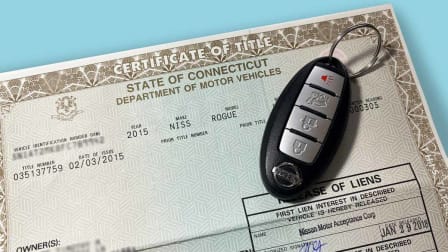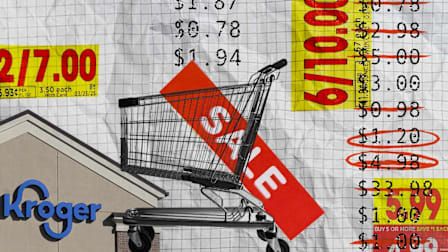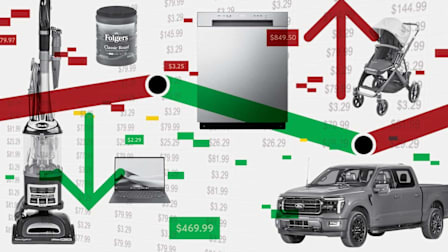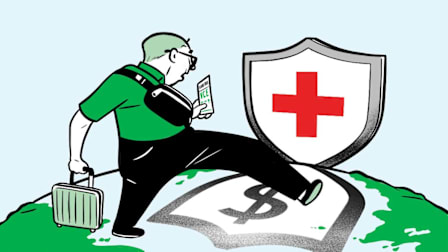Building a Better World, Together
Join with us to make a safer, fairer, healthier marketplace.
Expanding Internet Access
High-speed internet service, or broadband, is a requirement of 21st-century American life. Seven in 10 of us agree it’s “as important as water or electricity,” according to a nationally representative May 2022 CR survey (PDF). Yet millions of Americans still struggle to access or afford broadband at home, and millions more lack a meaningful choice of providers.
CR has long urged policymakers and internet service providers (ISPs) to improve broadband access, affordability, and competition. Most recently, in an attempt to shed light on how much Americans actually pay for internet service—and exactly what they get for their money—we invited consumers to share their broadband bills with us. We then analyzed more than 22,000 of them. The effort demonstrated, among other things, that many broadband bills are extremely confusing, making it hard to compare prices when shopping for better options; that many bills are riddled with unexpected fees; and that communities with the least local broadband competition tend to pay the highest prices.
Our efforts to address these problems have begun to pay off. After encouragement from CR and other groups, the Federal Communications Commission in November adopted new rules requiring ISPs to display easy-to-read, nutrition-style labels wherever they promote their service—an important step toward a more transparent and competitive broadband market. To make the label most effective, however, it should appear on every monthly broadband bill. You can sign our petition in support of that enhancement.
Call to Action
For decades, the Food and Drug Administration has been aware of multiple studies showing that FD&C Red No. 3 dye causes cancer in animals, and the agency banned its use in cosmetics more than 30 years ago. Yet it is still allowed in food, medicines, and supplements. In fact, the Environmental Working Group’s food database lists more than 2,900 food products that contain it. We’ve joined with more than 20 advocacy groups demanding that the FDA ban Red No. 3 dye from anything your family ingests. You can add your voice by signing our petition.
Pushing for Stroller Safety
What’s at stake: When parents purchase a stroller, they reasonably assume it can safely transport their child. But in recent months, a number of parents took to social media to say their Mockingbird single-to-double strollers had snapped in half or collapsed with their kids aboard. In one case, a 4-year-old was thrown facedown into a busy New York City intersection.
What CR is doing about it: After hearing a handful of these reports, CR launched an investigation. Piecing together stories from social media, private messages, and the Consumer Product Safety Commission database, we determined that dozens of families had similar harrowing experiences. But when we contacted the company, it would acknowledge only “isolated incidents”—and didn’t reveal how many incidents there had been.
On Oct. 28, we published our findings, and CR safety experts urged Mockingbird to recall the stroller. While the company said it was investigating, CR ramped up the pressure with additional coverage and a social media campaign, including a TikTok video showing a collapsed Mockingbird, which has garnered around 275,000 views.
On Nov. 10, the CPSC and the company announced a recall, citing reports of 138 cracked stroller frames and eight injuries, and advised consumers to stop using the strollers until they get a repair kit from the company.
What you can do: Learn more about the Mockingbird stroller recall. Looking for a great stroller? Check out the top-rated models.
Editor’s Note: This article also appeared in the February 2023 issue of Consumer Reports magazine.

















